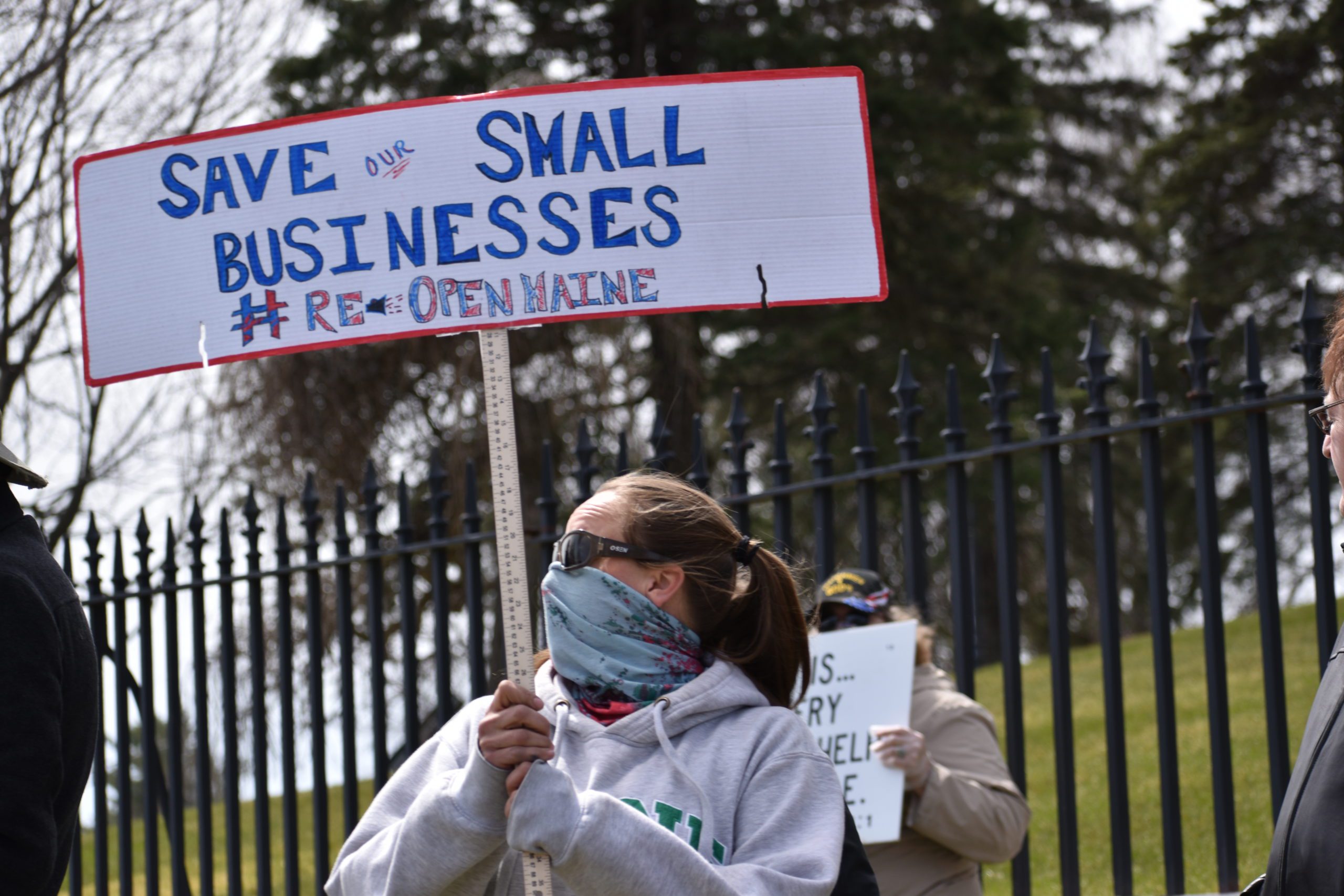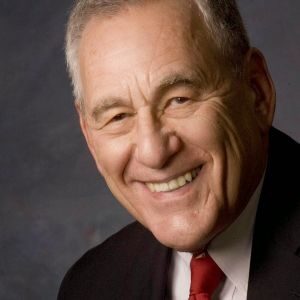Behind almost every government action lurks a single question: How do we pay for it?
The answer seems easy: by taxes or debt. But taxes must pay off the debt, making the real question not “how” but “when” we ante up. At the federal level, the answer is often “later.”
These days the country is ringing up massive new government spending. Think of the COVID-19 economic recovery, including Maine’s struggle with taxing federal aid to business, plus the Texas energy collapse.
The pain of COVID-19 will be long-lasting when it’s added to other debt, and the bill has to be paid.
President Joe Biden has proposed $1.9 trillion as an economic stimulus to get out of the coronavirus slowdown. Eventually the cost will be close to that.
Economists have widely agreed that federal government stimulus spending works in producing renewed economic activity. They also agree that with the slack economy yielding reduced tax revenues, the stimulus must be financed by borrowing.
The economic bet is that a newly restored economy will boost tax revenues to pay for the cost of borrowing. Right now, with unusually low interest rates, the government can inexpensively take on more debt. But beyond the interest, the principal must also be repaid.
The argument against spending as much as Biden wants is that the government keeps piling on debt. That’s traditionally the Republican position and where that party stands today. Sen. Susan Collins and her GOP allies proposed $618 billion in stimulus spending, far removed from an ominous-sounding “trillion.”
Yet when the GOP controlled Congress, it freely added to debt while cutting taxes. That suggests that taking on new debt for an economic boost may be more a matter of politics than economics.
The public seems to favor Biden’s proposal, supporting short-term economic recovery and a return to work over the cost of later paying the bill with interest. Former President Trump himself wanted a bigger bill than many GOP senators. Maybe, deep down, most people are crypto-Democrats.
In the U.K., the government just announced it would move to seek higher taxes to begin paying the COVID-19 bill.
Then there was the Paycheck Protection Program, or PPP, tax ploy. The federal government made PPP loans to businesses, which did not have to repay them if they kept people working. The loan would then count as taxable business income that could be entirely offset by deducting the payroll expense. In short, the PPP would be taxable income that would be erased by payroll outlays.
In the December 2020 COVID relief bill, Congress switched the policy and decided businesses would not have to count the forgiven loan as income. That meant a company would get a tax deduction for doling out federal money.
The PPP benefit suddenly doubled, including both the payroll funds and the tax break. The shortfall in tax revenue would be picked up by taxpayers.
Maine taxation usually tracks federal rules. At first, Gov. Janet Mills, a Democrat, favored the original tax-neutral policy. She did not like Maine going along with the free ride on PPP income. The blowback from the GOP and business groups was immediate, and she retreated. Companies with up to $1 million in PPP would get the new break.
Mills believes she can shield taxpayers from picking up the resulting $82 million tab for the state. The cost would be covered by federal funds and state reserves, which all come from taxpayers. Nothing really new here, though the tax trail may be difficult to follow.
Texas got into a lot of trouble when it was hit by real winter. It faced electric blackouts and frozen natural gas pipelines. Even while the federal COVID-19 cost was mounting, Biden declared a state of emergency, setting in motion a flow of federal aid to Texas.
Ironically, Biden aided Texas, which had asked the Supreme Court to block him from becoming president. The Republican governor thanked Biden but wanted even more help. The federal aid came from debt, which the GOP dislikes, and from taxes, which it wants to cut.
States must balance their budgets and could not take on debt fast enough to meet the COVID crisis. The federal government can pile on debt without knowing how to pay it off. That’s why states have turned to Washington, adding to the federal debt.
Also, relying on federal debt, states and individuals may feel that somebody else is paying the bill. They fail to recognize they are “somebody else.”
People are constantly told that taxes take their hard-earned dollars. But just as they make household purchases with those dollars, they buy services they want, from stimulus aid for small businesses to emergency help for states, with their taxes.
In the end we must pay for what we buy. Higher taxes are inevitable, not for a “socialist” government, but to pay for what we’ve already bought.







